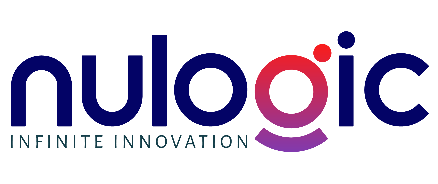The rapid evolution of information and communication technologies has impacted the growth of the eCommerce market. As indicated on the Statista portal, there has been a steady growth trend since 2018, and it is anticipated that by the year 2023, it will account for a 7.1% share of the retail trade market in the Americas. So, it’s time to optimize your product titles and descriptions for SEO!

The growth in this context implies an increase in competitors for online stores and the risk of losing visibility in search engines. Hence, there is a need for SEO (Search Engine Optimization) optimization for both webpages and product titles in the realm of eCommerce development.
This need arises from the business model focused on online product sales, requiring SEO techniques and strategies to help them rank on search engines.
A pivotal element of these strategies is the optimization of product titles, as they are among the first aspects that search engines take into account when presenting information to users.
Below, you will find some recommendations for optimizing product titles for SEO in an eCommerce setting.”
In e-commerce, staying up-to-date is vital; here are 9 eCommerce trends driven by artificial intelligence (AI).
Why is it important to optimize product titles for SEO?
People with buy intent often go to search engines or social networks to look for what they need, and for this, they usually enter keywords that refer to the product.
Search engines, using this information, select the pages to display based on the location of these words within each page. This makes the product title the gateway to eCommerce.
By applying SEO optimizations to the titles, it directly affects other features considered by search engines when displaying results on the first page, providing:
- Higher Click-Through Rates (CTR): An optimized title can attract more clicks, increasing the chances of ranking higher in search results. In fact, Semrush reports that 67% of clicks go to the top 5 results.
- Increased Traffic: SEO strategies can naturally boost your page’s ranking, leading to more traffic and building trust with both users and search engines.
Tips for enhancing product titles for SEO
Product titles should be attractive, relevant, descriptive, and contain the important information so that both search engines and users can reach the eCommerce site.
To achieve this, it’s important to apply a series of recommendations that will allow the eCommerce developer to define titles optimized for SEO:
Keyword Research
Keyword Research involves users conducting various online searches using words that align with their intentions. These words, known as keywords, serve as the foundation for determining the content displayed on each product page. To identify these keywords, a thorough analysis is necessary, including:
- Search Volume: This metric reveals how frequently a particular word is searched for each month. It helps gauge public interest and competitiveness levels.
- Relevance: Keywords should offer information that appeals to the target audience, encouraging them to visit and remain on the website.
- Purchase Intent: It’s crucial to attract users actively seeking to make a purchase. This means appearing in searches that yield results related to product information. Achieving this goal necessitates validating and analyzing search engine outcomes using various keywords.
Keywords use
Within each page of an eCommerce, we can incorporate various types of keywords that offer value to users and hold significance for search engines.
It’s crucial for these keywords to be logically integrated. To achieve this, it’s essential to grasp the distinctions between different types of keywords and how they are utilized:
- Seed Keyword: This represents the fundamental noun of our product, such as “shirt.” Starting from this, we can identify additional pertinent terms associated with our product.
- Primary Keyword: This corresponds to the principal keyword for our product and encompasses valuable information about it. It should occupy a prominent position in the title and may even be advisable for inclusion in the URL, creating a user-friendly and informative web address.
- Secondary or Complementary Keyword: These are words directly related to the product, including elements like brand, model, or dimensions. These supplementary keywords enhance the product information and hold relevance for potential buyers, piquing their interest.
Implementations in smart search technology can do a lot for your digital venture. Learn about the fundamentals of search technology in eCommerce, AI, and ChatGPT. How can they benefit your business?“
Title Structure and Format
While incorporating keywords into the product page’s title and URL is essential, it’s equally important to include user-friendly information that aligns with their search intent and appeals to their interests. To achieve this:
- Respect Title Length: It’s advisable to keep the title under 65 characters, in accordance with guidance from Search Engine Journal. This ensures that the title fully displays in search engines without truncation.
- Language Use: Maintaining a natural and clear language tailored to the target audience is crucial. Ensure the content is free from spelling or grammatical errors and maintains coherence.
- Uniqueness Sets Us Apart: Avoid copying competitors or relying solely on keywords and their synonyms. Infuse an original element that distinguishes your product from the competition, making it stand out.
Metadata and Tags Optimization
Search engines require metadata and tags to provide guidance on the content of a page, optimizing the search process. They also use this information to be displayed in search results. Important parts of this metadata include:
- Meta Title: The page title displayed in search engines should match the keywords and the product title.
- H1 Title of the Page: This corresponds to the title displayed at the beginning of the page.
- Meta Description: This is the description that appears in search engines below the meta title with a brief description of our product. It should contain complementary keywords.
Optimizing the title of your products for SEO is just one of many practices. Here are the best practices for implementing an eCommerce business.
Conclusion
SEO is vital for eCommerce, ensuring your store appears at the top of search results. While advertisements can be beneficial, they should not be relied upon exclusively. Develop strategies to optimize your search ranking organically and ensure consistent traffic growth.
Remember that trends, audience preferences, and search engine algorithms can change, so ongoing measurement and adjustment of keywords are essential. At NULogic, we specialize in enhancing eCommerce performance and visibility in search engines. If you need assistance in taking your eCommerce business to the next level, please don’t hesitate to contact us. We have the expertise to implement and optimize your eCommerce venture.


